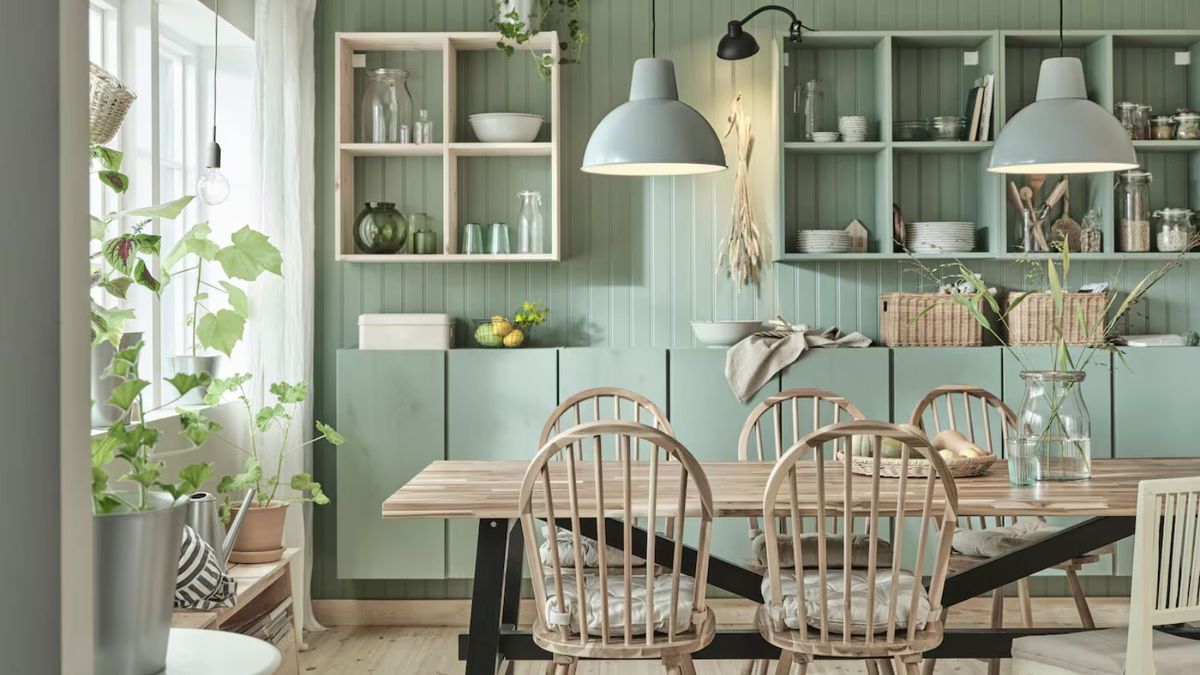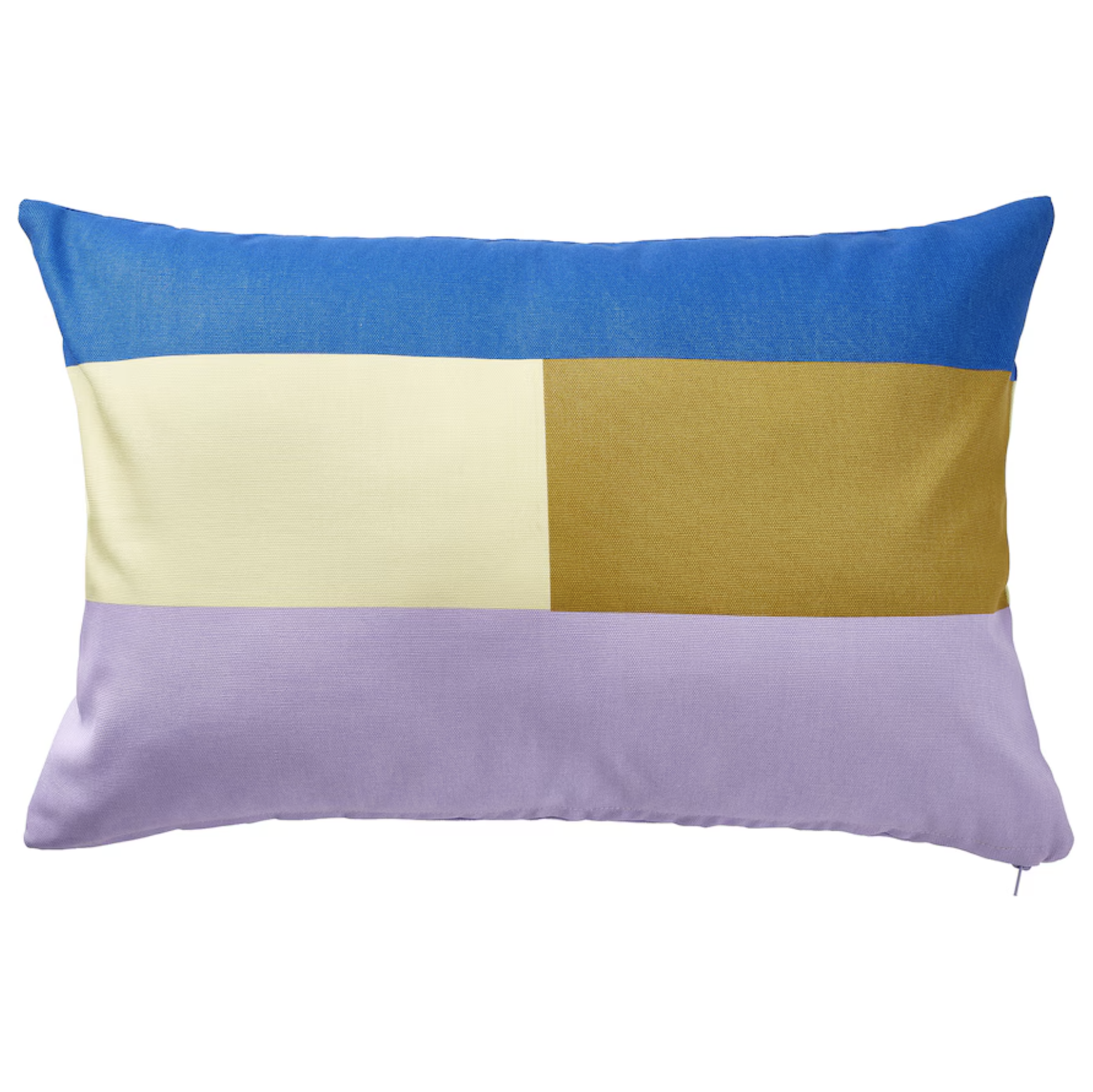I’ve been shopping at IKEA for longer than I’ve been an interiors editor – a post I’ve held now for over 20 years. Around 20.5 years ago, I took my first trip to IKEA in order to buy flatware, ended up at the checkout with a cart full of over $200 worth of impulse purchases, realized I couldn’t afford it (nor really needed any of it), and left empty-handed.
Since then, I’ve got shopping at IKEA down to a fine art. I’ve graduated from the ubiquitous BILLY bookcase (turned on its side, it looked pretty chic back in 2005 along the edge of my living room) via the useful-but-not-very-interesting KOPPANG drawers (also used as a nightstand), to cherry-picking a few well-designed pieces to fold into a home mostly sourced from elsewhere.
I’ve also figured out that IKEA really is the very best place to get certain things – not just tea lights (though don’t forget them. And that now they offer a delivery service when back in my early IKEA days there wasn’t even an online store you could click and collect through. It’s easier to be targeted with what you buy, and not have your head turned by all the surprises they make you walk past in the store.
So here are my four failsafe guidelines for shopping in IKEA, the ways to avoid the pitfalls, and make this mega-brand experience work for you.
1. Stay focussed
(Image credit: IKEA)
This is the only way to survive an IKEA experience, with laser-sharp focus on what you went to the store for. The moment you get your head turned by the shelves of $1.49-for-four linen napkins is the moment you might as well give up and go get meatballs.
You need to go with a plan for what it is you need for your home. It might be table linen, or it might be a picture frame – zero in on that and ignore everything else. IKEA is not the place to indulge your impulse purchases, trust me when I say that those $2 buys can quickly add up to a month’s rent. And these impulse purchases so often just turn into clutter a few months down the line.
2. Know which departments are worth shopping from
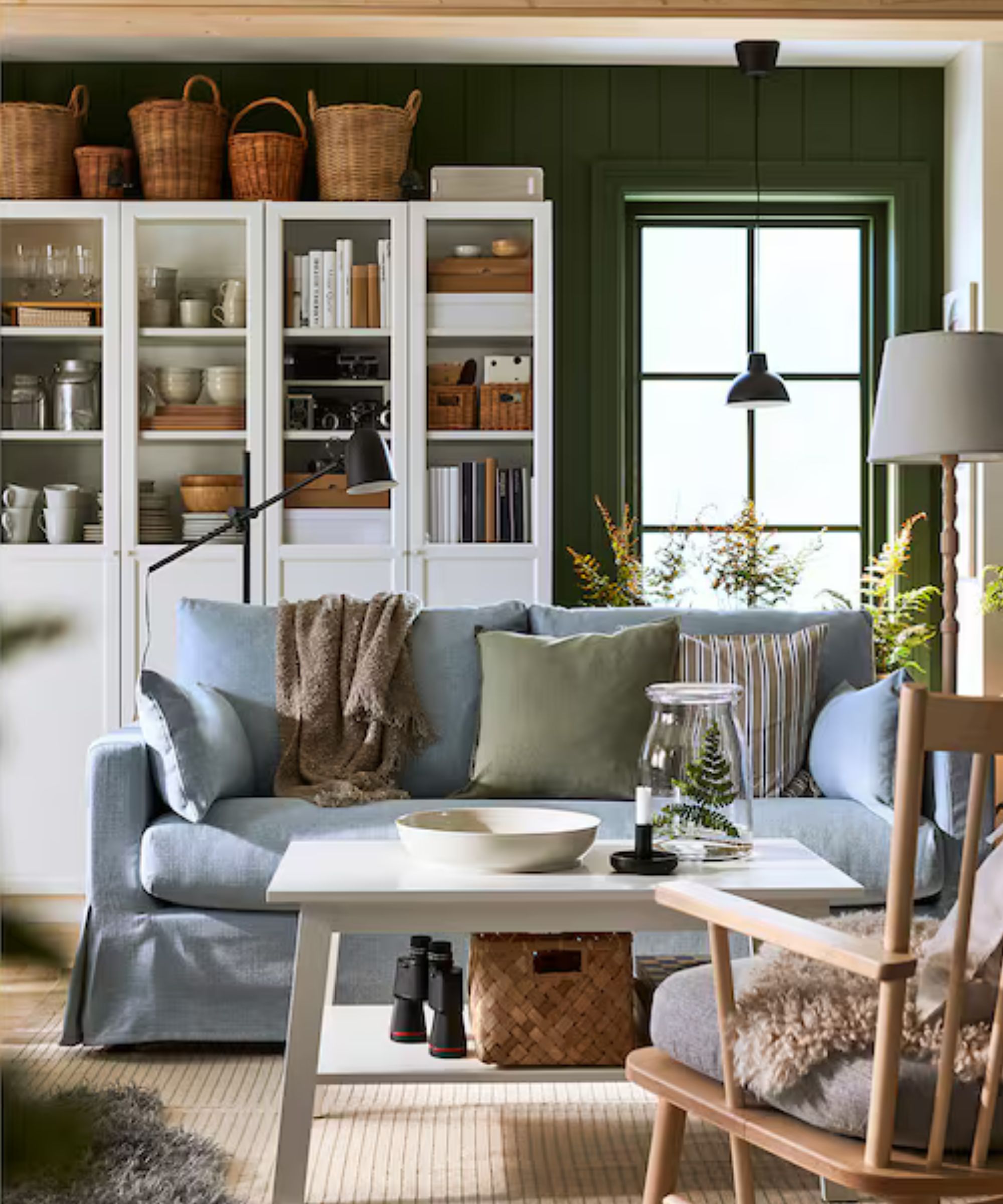
(Image credit: IKEA)
Not all IKEA sections are created equally. There are some areas I’d never buy from (more on them in a moment) and some I’ll make a beeline for. These are the departments that are rich with well-designed, well-priced products that fold neatly into a well-curated home.
Picture frames: I’ve written before about how I’d never buy picture frames from anywhere but IKEA and I mean it. The offering here starts at less than $2 and the $10 options with their own mounts look so expensive like you’ve had them made specially.
Table linen: IKEA’s cotton napkins are so right for an easy spring lunch table, and at under $2 for a pack of four they are definitely an IKEA piece that looks so much more expensive than they are. They have a pleasant roughness to them that makes them seem more refined, a slightly chunky weave that gives them a weight and luxe-seeming thickness.
Candles: The table decoration type, not the scented ones. IKEA’s taper candles come in just a couple of colors but are $11 for 8, which I think is a great price compared to elsewhere, so you can burn them without being too precious.
Candleholders: a real trove of a section. Modern and colorful, elegant and chrome, contemporary and classic. You won’t find a better selection so well-priced anywhere else.
Rugs: I have a very stylish friend who has had this black and white IKEA rug for years, and it’s still the first thing anyone remarks on when they enter her home. Rugs look best when they’re big, and all the furniture can sit on them. But of course, the bigger the rug, the more expensive they become. If you have kids or dogs or cats or a love of coffee or red wine or sometimes don’t take your outdoor shoes off when you walk in the door, then an affordable IKEA rug is a godsend.
3. Know which departments to avoid
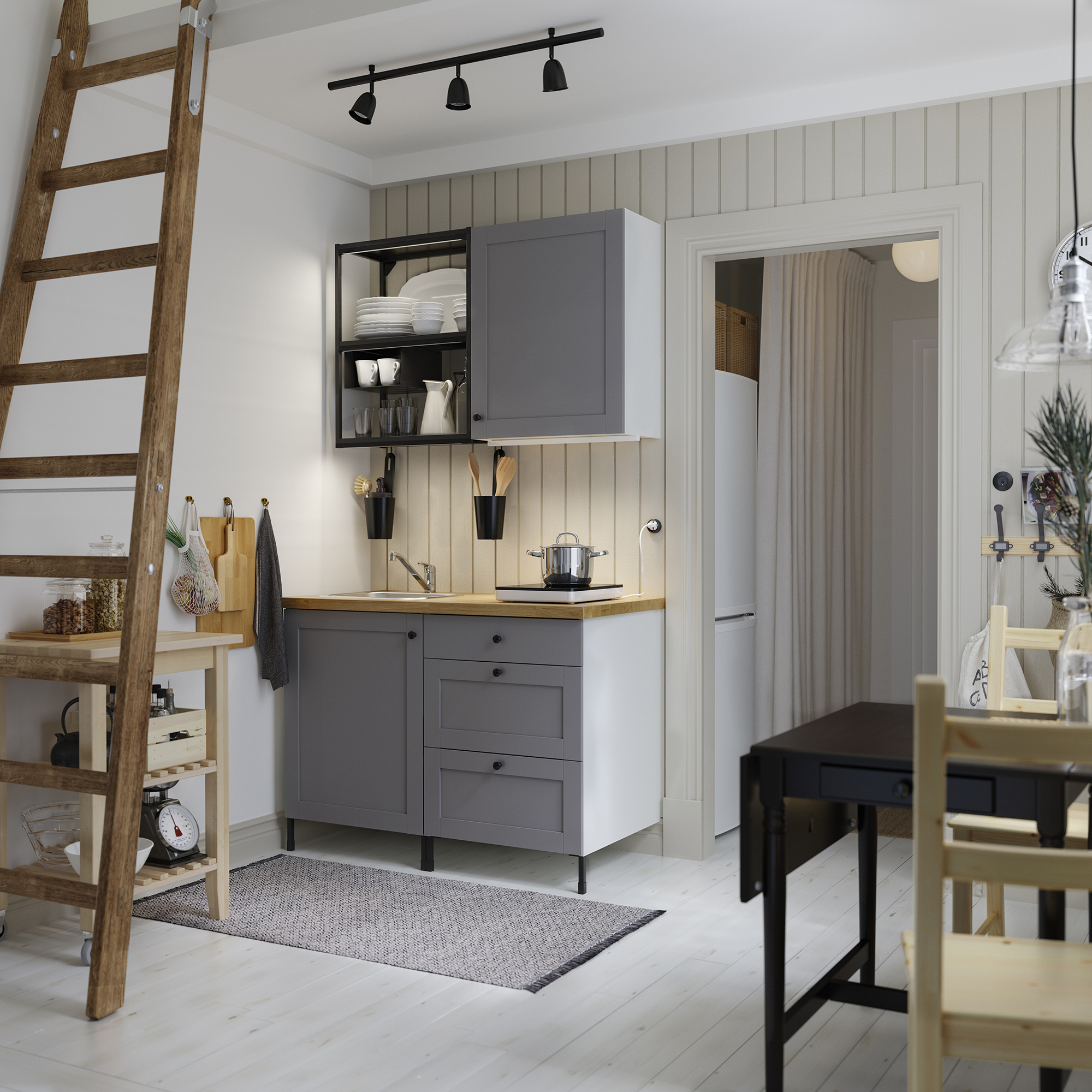
(Image credit: Ikea)
And these are the sections I’d never shop from IKEA – many of which I’ve learned the hard way.
Furniture: It’s very easy to assume that IKEA is the cheapest place to shop and that if you’re starting out or buying a lot or looking after the budget then it’s your only option. In fact, that’s not the case. IKEA’s bigger pieces (furniture, sofas, wardrobes, drawers) can be found for similar prices elsewhere and, crucially, are more stylish from other places. Unless you are a pro at IKEA hacks, IKEA furniture tends to have a very IKEA-y look – mass-produced, matte faux wood, plastic veneers, and relatively flimsy frames. Avoid if you possibly can. Instead try the furniture sections of brands like Urban Outfitters and H&M Home, which are similarly priced and a lot more chic.
Mattresses: Admittedly, mattresses start at $179 so if you are watching your spending then you’ll be hard-pressed to find them better value anywhere else. But IKEA’s under $200 offering is so slim that it feels pretty much anemic, and in order to get anything near the best mattress you need to spend around $400. At which point, you’re better off getting the layered foam mattresses from a brand like Emma.
4. Watch out for designer collabs
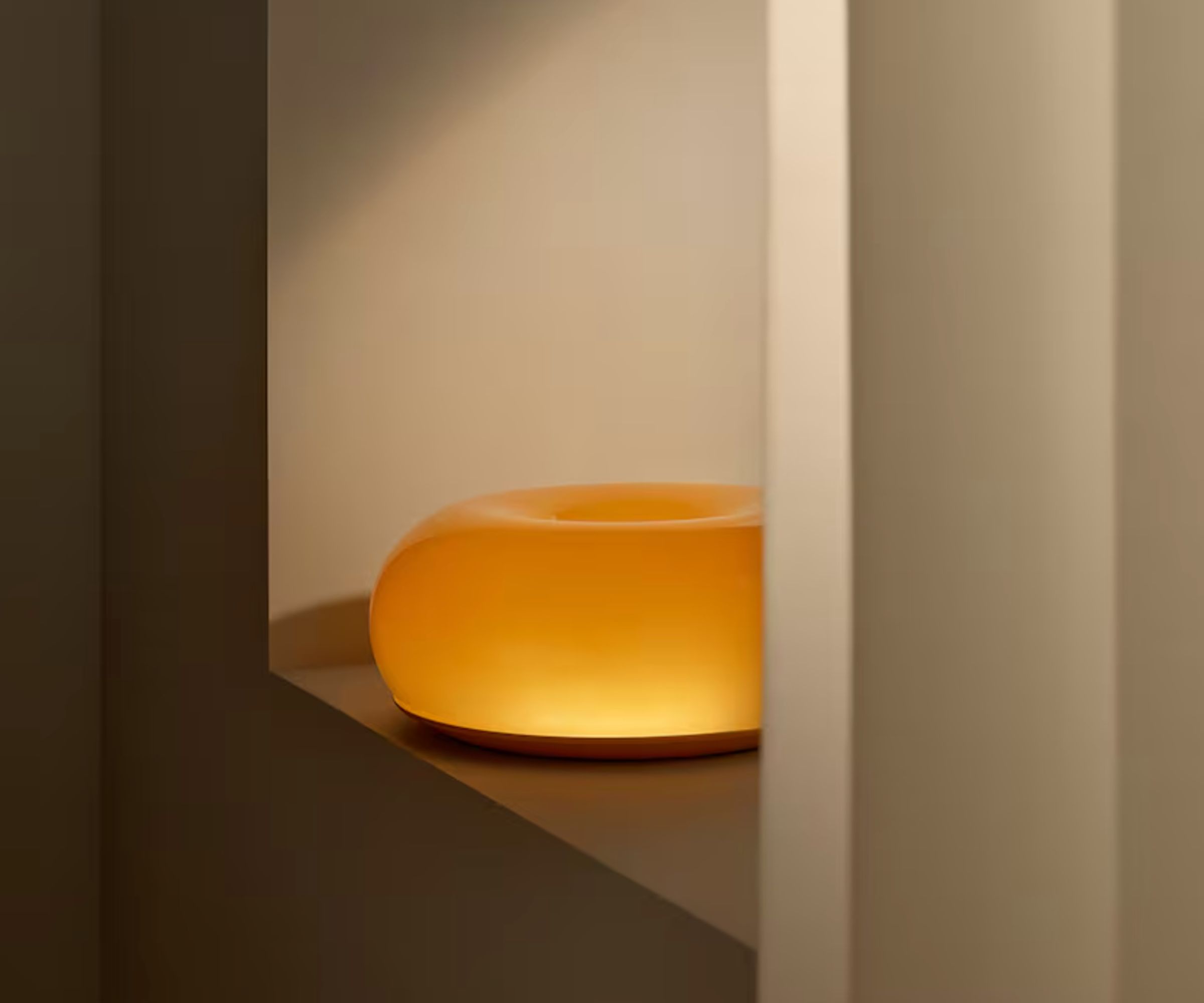
(Image credit: IKEA)
Recent seasons have seen IKEA collaborating with designers like Sabine Marcellis who turned her iconic donut chair into a donut lamp – still available for $69.99, and with the color masters Raw Studio for the punchy TESSAMANS collection. Pillow covers in graphic, on-trend hues retail at just $5.99.
And in fact, what IKEA has always done is fuse its knowledge of mass production with the creativity of designers who understand how we want to decorate, and these partnerships usually lead to pieces that work well in style-forward homes. I still regularly use my serving dishes by the fashion designer Katie Eary, part of a design pairing from around five years ago, that have a beautiful marine motif splashed across them. I think they were around $20 each – they now look like they were $200.
What I am shopping at IKEA right now
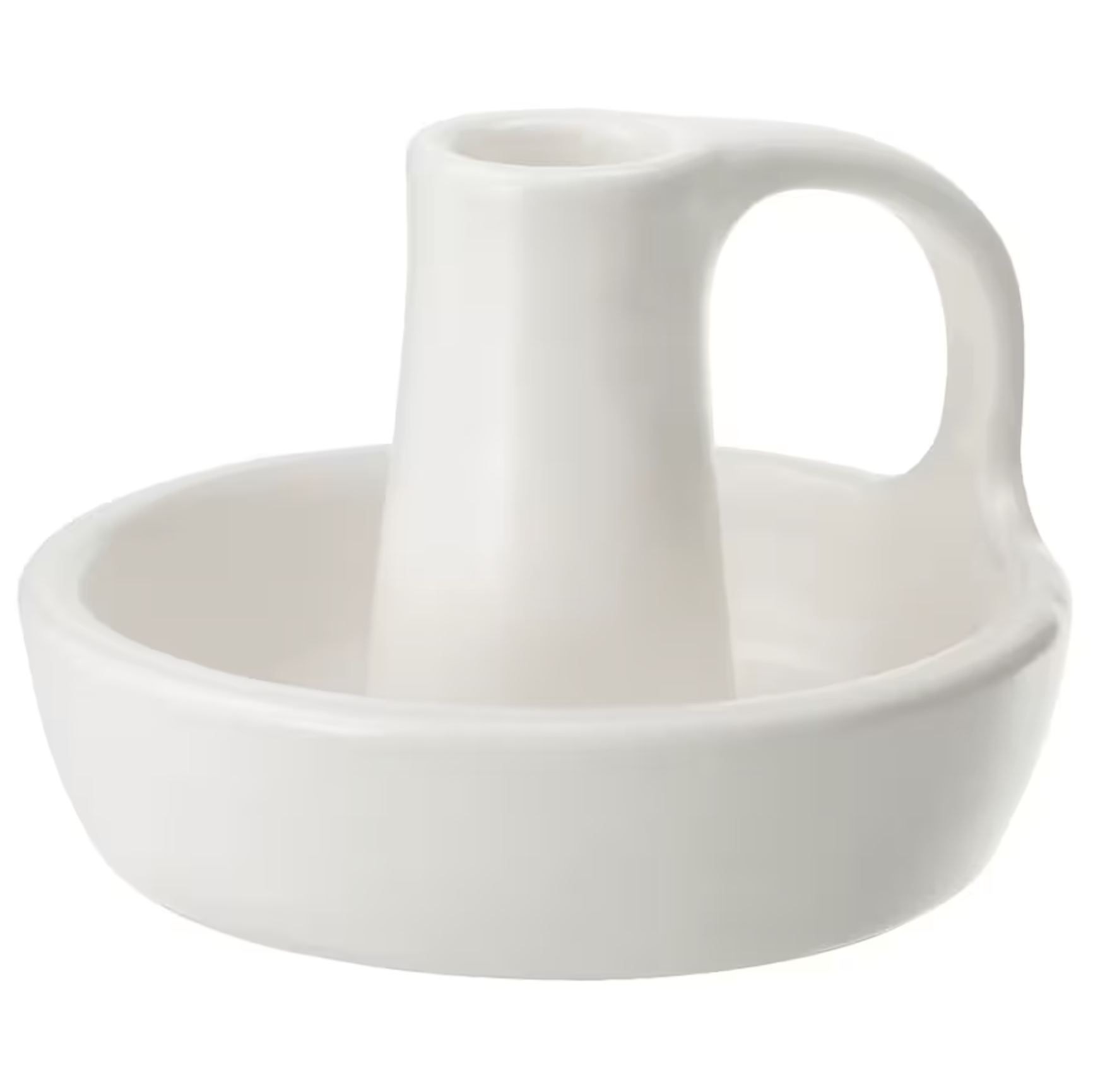
Playing into the current trend for characterful vintage and careworn pieces, this chunky ceramic candleholder has the olde-worlde charm of an heirloom, its shape implying what people took to bed before electricity.
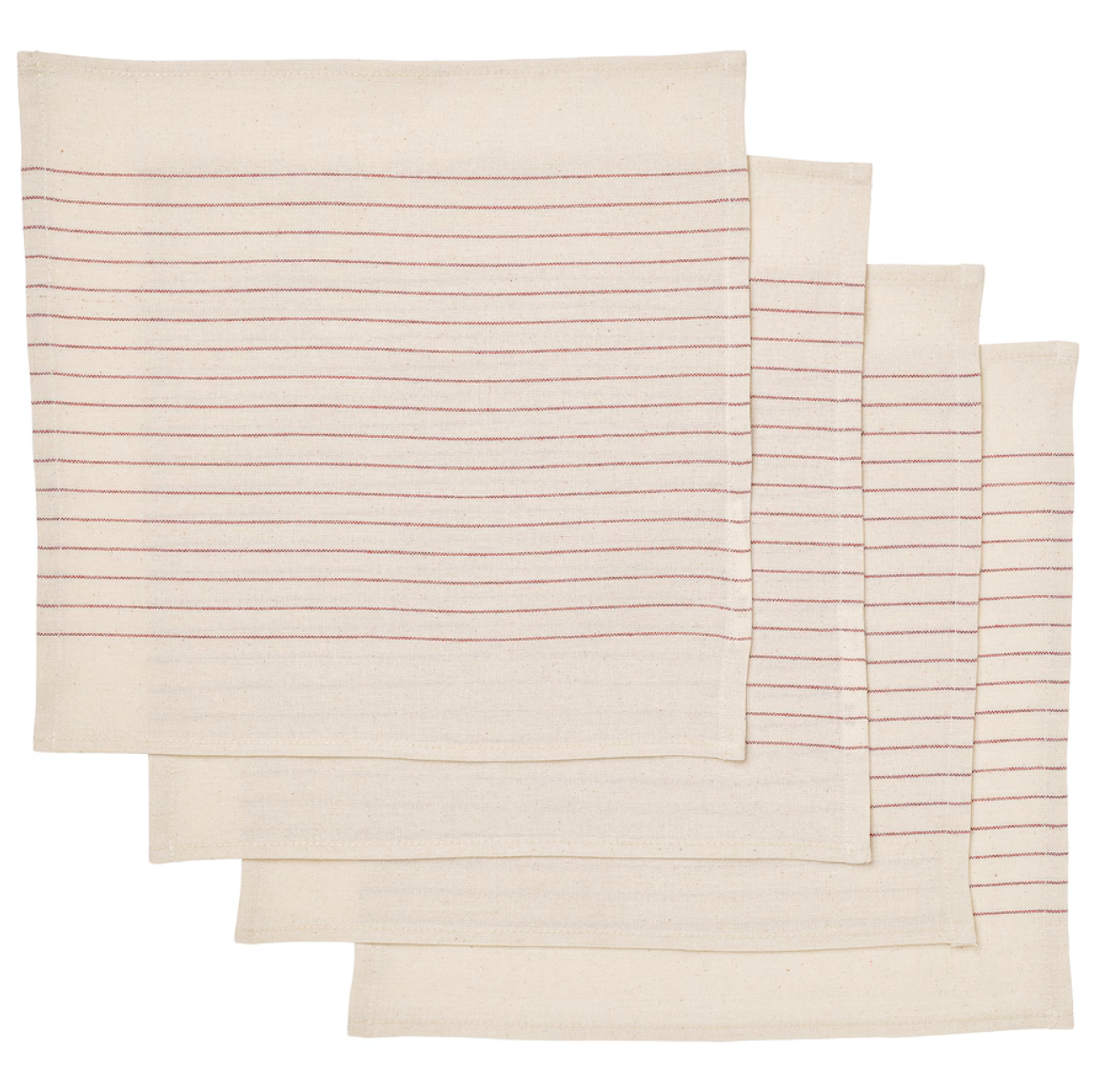
The skinny stripe and fat weave of these napkins evoke the sort you’d see for ten times the price, each, in a home decor store in, say, Brooklyn. And I’d challenge most happy dinner guests to be able to notice the difference.

With the Unexpected Red Theory continuing into 2025 (the belief that a flash or red does wonders to energize a room) this frame is the perfect example of that. The fact it comes with its own internal mount to really make your art sing is just a very, very good bonus.
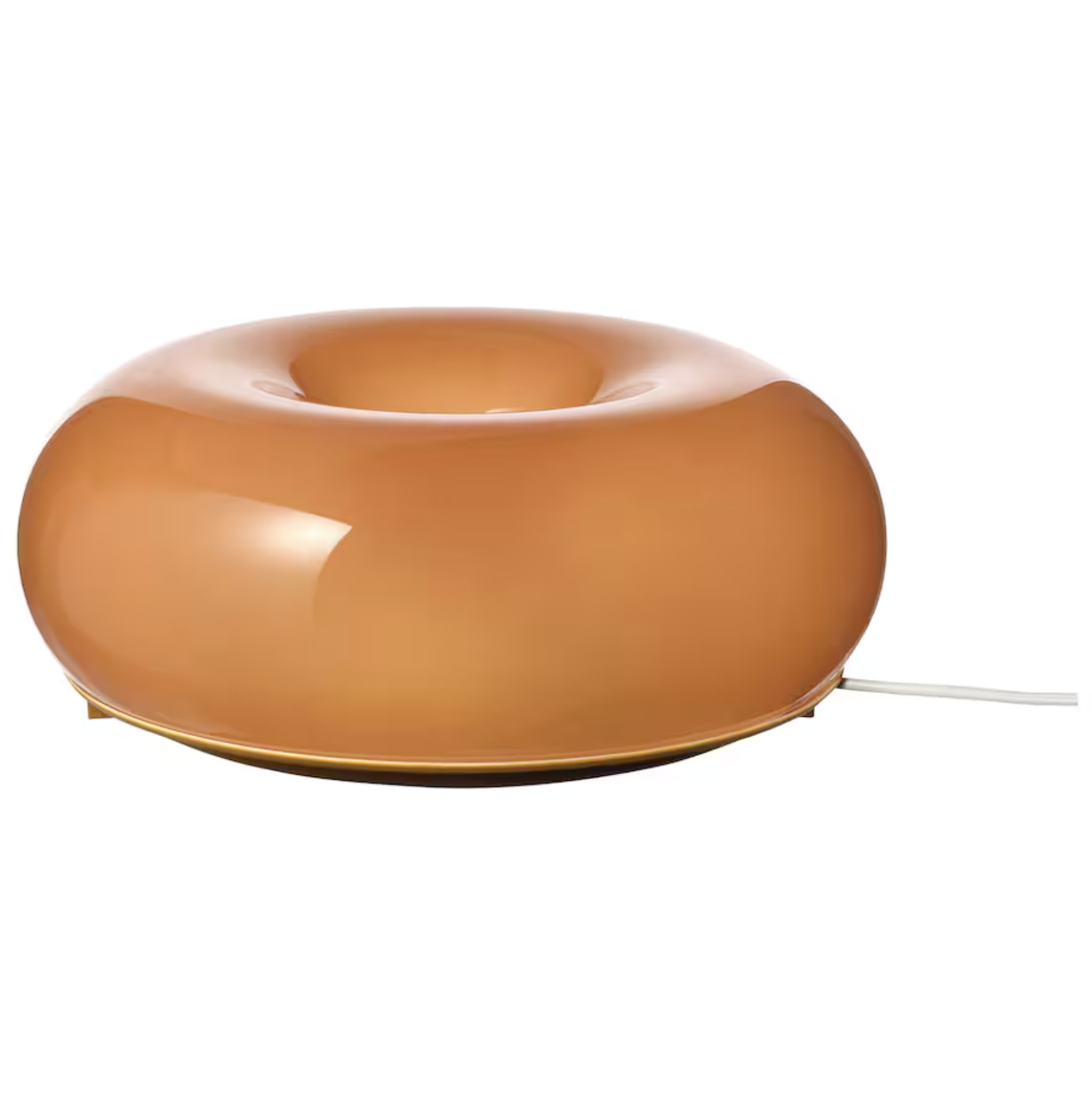
Part of the designer collab with Sabine Marcelis, this lamp neatly taps into the 1970s trend, which makes homes look fun, funky, and ready to entertain in.
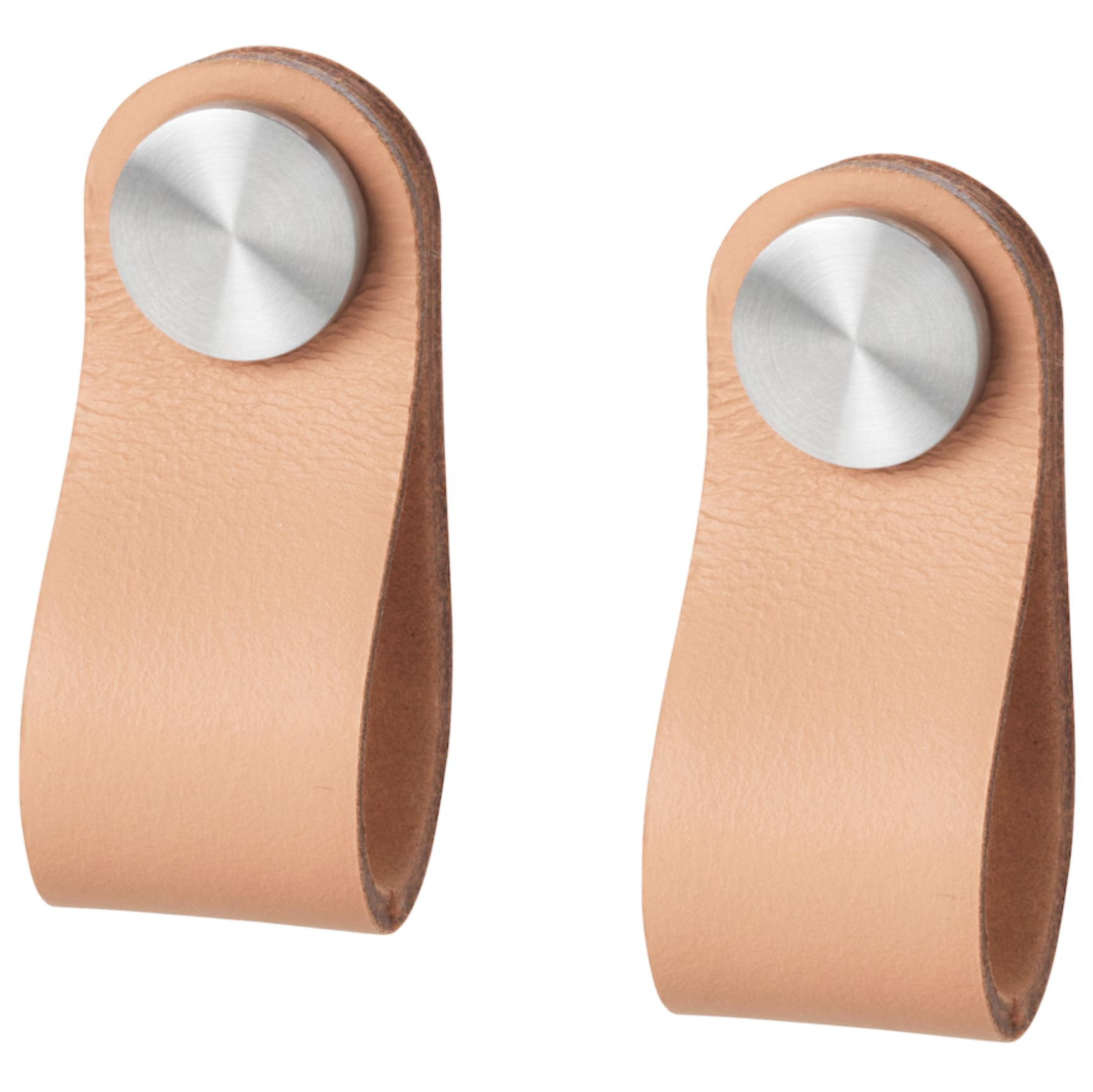
If you were to put these leather loop handles on a piece of IKEA furniture then, unfortunately, they just look like a sad double IKEA whammy. But if you add them to built-in cupboard doors, to a vintage set of drawers or even kitchen cabinets then they manage to shake off their IKEA association and take on a transitional, slightly-antiqued aesthetic of their own.
I have learned many lessons the hard way through my years of shopping at IKEA, but I do think the lessons I have learned are very valuable ones. I now see IKEA not as the massive store that used to overwhelm me, but as somewhere to head for very specific things that I know work for me and my home and I hope my tips will give you some guidance on how you can do the same.

